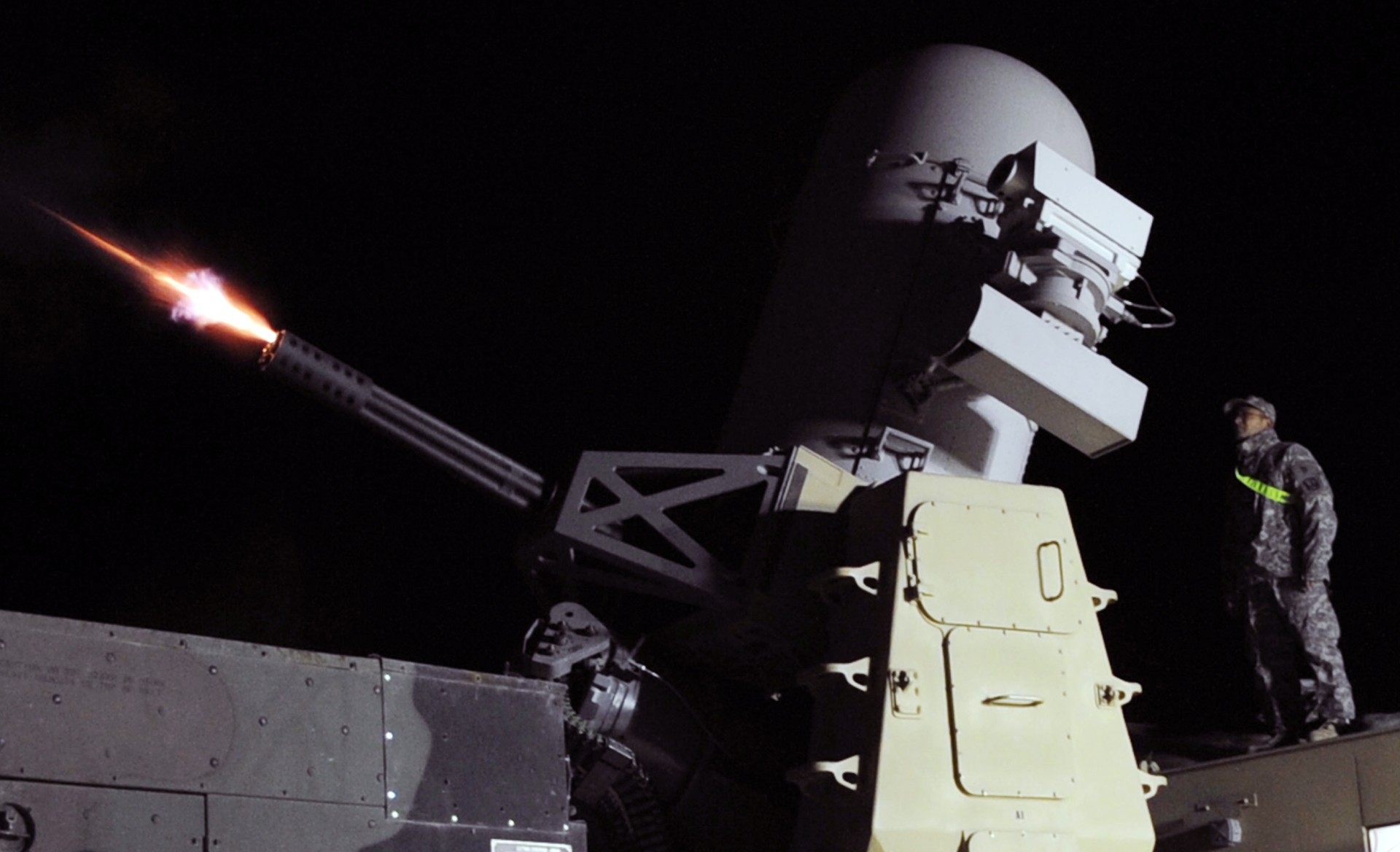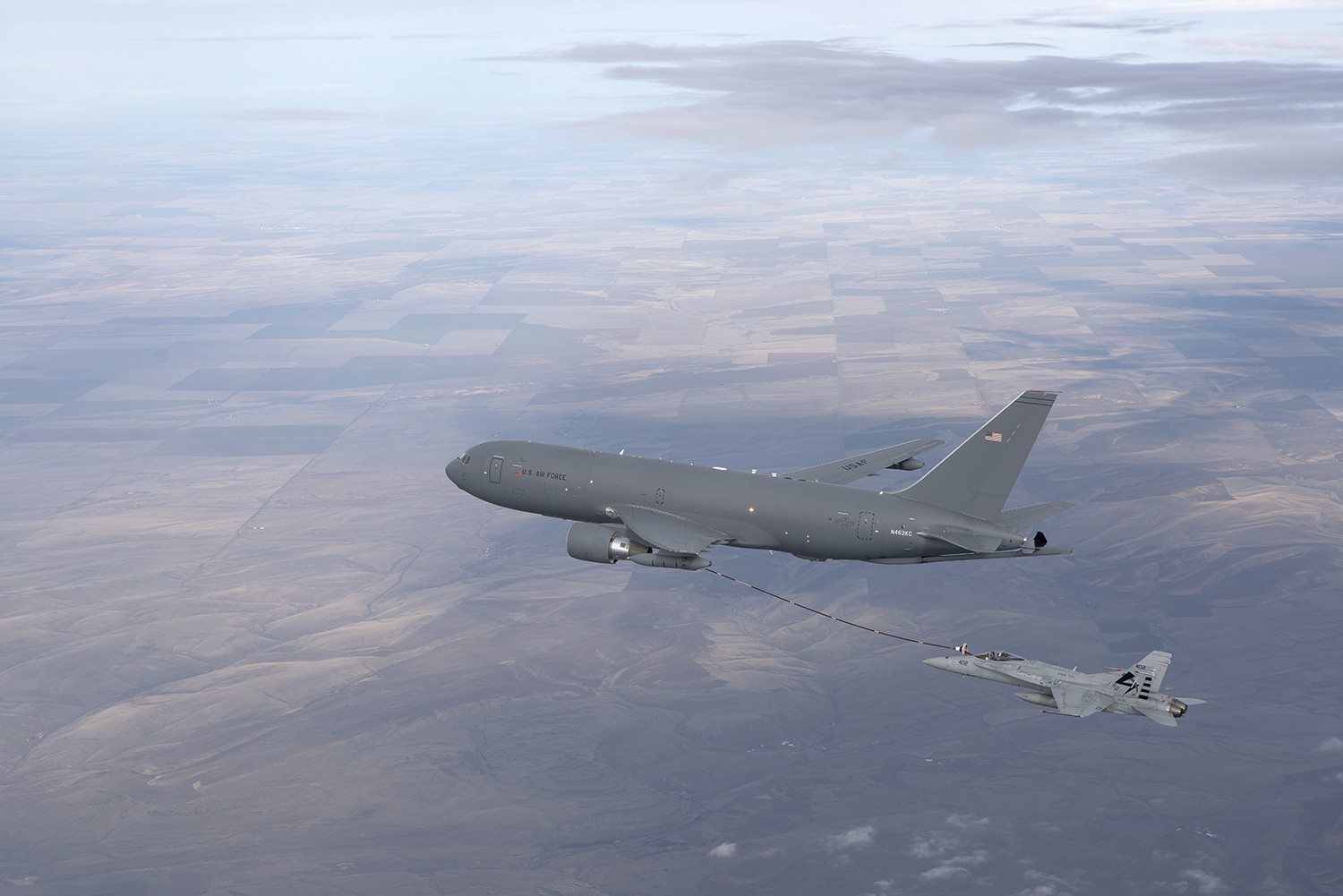The Army is looking at placing more short-range air-defense capabilities in brigade combat teams (BCT).
For more than two decades, the Army has neglected the short-range threat and focused instead on missiles, said Maj. Gen. John G. Rossi, commanding general of the U.S. Army Fires Center of Excellence and Fort Sill, Oklahoma. He was part of a panel discussion, Feb. 11, at a day-long Association of the U.S. Army-sponsored Hot Topics forum on Air and Missile Defense.
Desert Storm, 25 years ago, brought the Patriot missile defense systems into prominence, Rossi said.
“As we made Patriot better and we focused on it, in essence the Air Defense community migrated to what became a point-defense branch, a missile defense branch,” Rossi said.
NO ‘A’ IN MISSILE DEFENSE?
“We took the ‘A’ out of Air and Missile Defense in many ways,” he said. “We didn’t think we really needed to focus on it.”
SHORAD or Short-Range Air Defense battalions were deactivated. “We took all short-range air defense out of the architecture as we focused on missile defense,” Rossi said, adding “that’s caught up to us.”
Now the proliferation of small, unmanned aircraft is forcing commanders to reassess the need for SHORAD capabilities to combat low-altitude threats.
“We’ve got to find a game changer,” Rossi said, alluding to the need to find more affordable and lethal air-defense systems.
“We have to change the scenario or change the equation so it’s more costly to attack than to defend,” he said. “We’ve got to build to the future.”
CMIN EXPERIMENTATION
The Counter-Unmanned Aircraft Systems Mobile Integrated capability, or CMIN, is among systems being researched for the future.
“We already demonstrated this a year ago at Fort Bliss and we’re going back again now for the [Network Integration Evaluation] in the spring,” Rossi said about testing CMIN at the Network Integration Evaluation at Fort Bliss, Texas.
CMIN uses a Q-50 radar to find incoming UAS, he said. The AN/TPQ-50 counter-fire radar was developed by the field artillery community to detect incoming rounds and calculate their trajectory.
Once radar spots the UAS and they are identified, then CMIN has both non-lethal and kinetic tools to stop them, Rossi said.
Other innovations being researched to boost air defense include new sensors and a hypervelocity gun.
The hypervelocity gun weapons system uses a 155mm projectile in an air defense mode, Rossi said.
It’s a good example of what he called “cross-domain expansion,” merging field artillery and air defense artillery platforms.
CROSS-DOMAIN EXPANSION
Cross-domain expansion uses existing platforms in new ways, Rossi said, and is an important part of the Army Operating Concept.
A battle-tested example of this is the C-RAM, he said. C-RAM stands for Counter Rocket, Artillery and Mortar system. It was adapted from the Navy Phalanx weapons system and was sent to Iraq for the protection of large forward operating bases such as Camp Victory and Joint Base Balad.
“The neat thing about the C-RAM is it was cross-branch — FA radars, ADA, aviation all put into one,” Rossi said. “It was cross-service — it was Army and Navy-ran, and it was cross-compo — active and Guard.”
Such efforts are essential, Rossi said, especially as the Army gets smaller.
Rossi is not advocating more force structure to bolster air-defense capability in BCTs.
“What we’re not going to do is bring back the SHORAD battalion and lay that on top of a BCT,” he said. He explained that making a brigade larger would just detract from its expeditionary nature.
What he advocates instead is “multi-functional convergence” or merging select branch attributes.
“It can’t be just ADA systems inside the portfolio of air defenders to solve this in isolation,” he said.
‘BACK INTO THE DIRT’
Air defenders need to work closely with everyone else in the maneuver force, said another member of the panel, Maj. Gen. Glenn A. Bramhall.
“I think we’ve lost just about a whole generation of knowledge base of how we work with the maneuver force,” said Bramhall, commander of the 263rd Army Air and Missile Defense Command.
“One of the things we need to do is get back into the dirt — get back into the maneuver forces and train their commanders on how do we integrate air defense, what does air defense offer… ”
Getting back into the dirt means integrating Air and Missile Defense units into National Training Center rotations, the AMD leaders said.
It also means getting back to the basics of old-fashioned training such as how to employ camouflage netting over tactical vehicles to keep them from being spotted by aircraft, said Dr. David M. Markowitz, assistant deputy chief of staff for operations, G-3/5/7.











